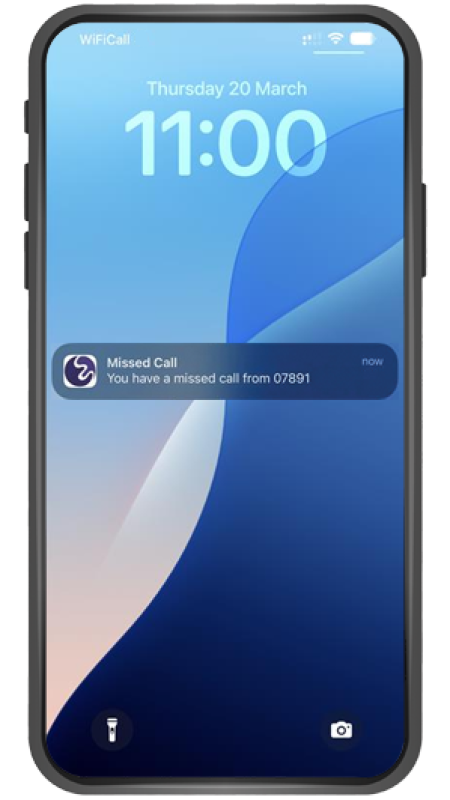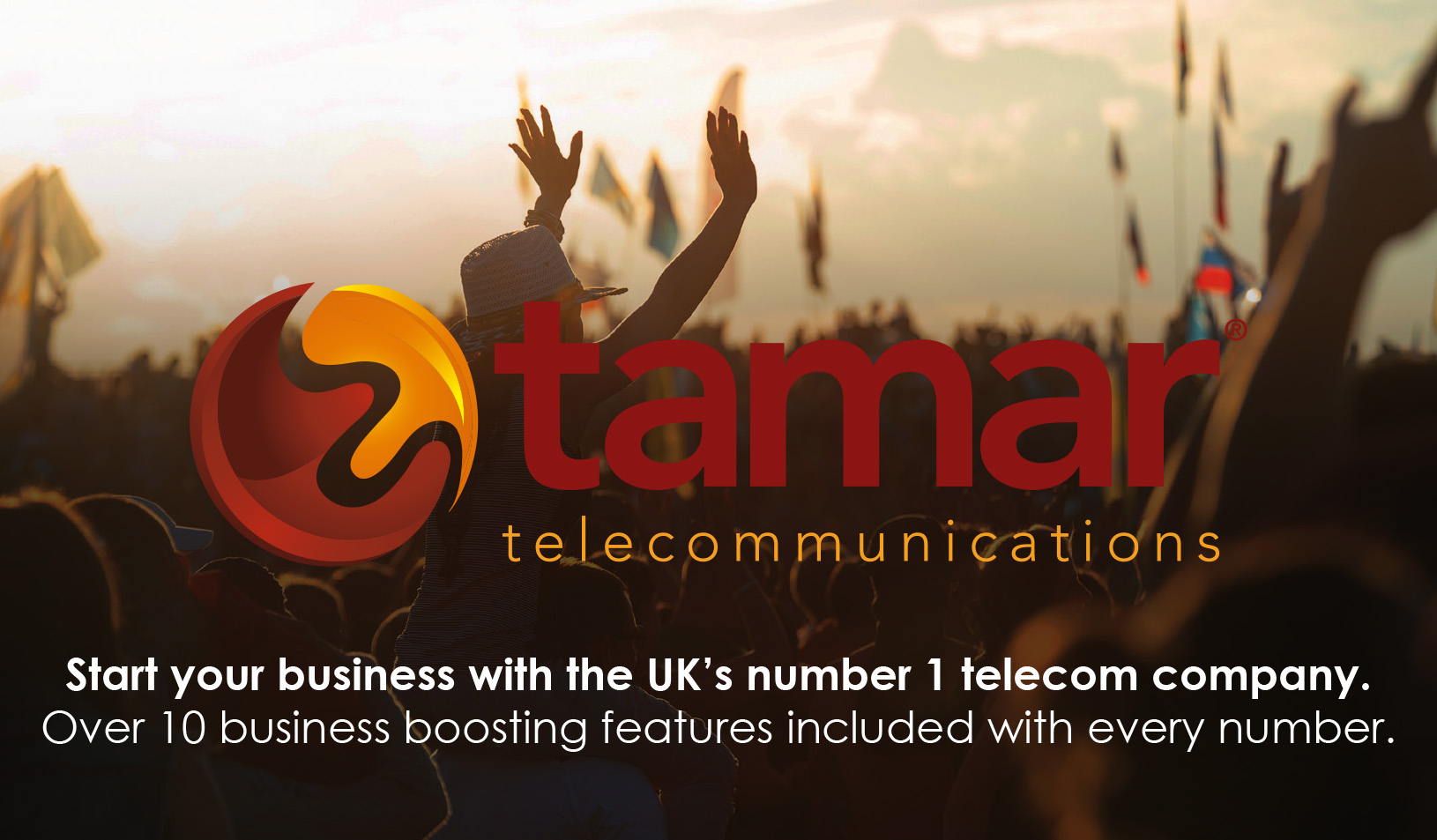Looking for DIY PR Strategies? Most startups face a balancing act between the need for publicity and budgetary limitations. If that sounds like your situation, this article is for you. Join us as we talk through 5 DIY PR strategies that could help secure some positive media coverage for your startup at little or no cost.

Make connections with local media and specialist publications
Perhaps one of the most important DIY PR Strategies for a startup to get right is making connections with people who work for relevant media. That could mean local newspaper reporters, special interest bloggers, industry-specific magazines, YouTuber influencers, or pretty much anyone else who publishes content about startups like yours.
The first step is to identify who you’d like to make contact with. There are lots of ways to do this, from doing your own research into relevant media, to asking your customers, team members or peers about what they like to read, watch or listen to.
Once you’ve identified some promising media professionals, contact them via a personalised email, a phone call, or best of all, by meeting up with them in person, at a networking event or similar. Tell them who you are, what you do, and why your startup is newsworthy.
Connections with relevant media contacts will be your startup’s most important PR asset, so do your best to make a good impression on the right people.
Don’t forget you can take control of your connections and manage your calls with a professional business number in your arsenal!
Respond to media opportunities online
From journalists to TV and radio producers, all sorts of media professionals use online channels to find people or businesses to feature in their content.
Media opportunities posted online come in all shapes and sizes. Sometimes a reporter might just need an expert quote or case study to add to their blog article. At other times, they might want you to appear on a popular TV show or as an interviewee in a national newspaper.
As a startup, you should be exploring online media opportunities as an efficient, cost effective (usually free) route to publicity.
Places to look for media opportunities include:
- The #journorequest hashtag on X.
- Media opportunity alert services, e.g. Homes4Media, Qwoted, ResponseSource.
- Facebook groups such as Entrepreneur & Press Hangout – LIGHTBULB.
When responding to media opportunities online, make it as clear as possible why your startup is the perfect fit for the specific opportunity. Answer the request precisely, and don’t try to shoehorn yourself into a media opportunity that’s not the right fit – there are always more opportunities to pursue, so you should be focusing only on the most relevant ones.
Use brand guidelines to tell a consistent story
Who exactly are you, as a startup?
Every point of contact with your startup should give media contacts the same answer to this question. That means all your social media channels, your website, your bricks-and-mortar premises, your team members, your packaging and everything else needs to tell a consistent story.
The best way for a startup to ensure consistency across all its touchpoints is to create a set of brand guidelines. This will take the form of a set of rules and examples, which can be used to inform everything the brand does, from staff training and product design to marketing communications.
Brand guidelines have lots of different components which all make a difference to how a brand comes across. The really important ones from a PR perspective are the overview of the brand and the brand message.
The overview of the brand should set out key information on the brand’s identity, including its history, its objectives, its personality and its beliefs. These are the details that will tell media contacts, customers and your employees what the brand is all about.
Meanwhile, the brand message distils the overview of the brand into soundbites that capture its identity. This could be in the form of a tagline like Apple’s “Think Different”, or it could be a longer piece of prose describing the brand’s mission.
Once you’ve created the brand guidelines for your startup, you can use them to inform how you go about your business, from staff training to marketing communications. This will help distinguish your brand, so media contacts won’t think of it as just a startup: they’ll think of it as that startup.

Manage conversations around your brand using media monitoring
An important part of PR is managing the conversations happening around your brand, whether they’re taking place in newspaper articles, on social media, in online reviews or elsewhere. This is done through a process called media monitoring.
In media monitoring, a brand uses software to monitor for mentions of its brand name or associated keywords online. The monitoring software sends regular reports or real-time alerts to notify the brand whenever it is mentioned on an indexed website, a public social media page or another specified place. When the brand finds an instance where it has been mentioned, it may choose to reply via its own profile on the relevant online channel, either to thank the commenter for their praise or to help resolve their complaint. This approach can help a startup make the most of positive feedback online, whilst taking the sting out of negative comments and complaints.
Startups should always aim to respond graciously to customer complaints online. Regardless of whether or not the customer is right to complain, responding politely with an offer to help or investigate is a far more professional look than arguing in the comments section.
Media monitoring tools usually come at the cost of a monthly subscription fee, but they can be well worth the money. A particularly good tool to use is Mention.
Join in with online conversations
When you’re reaching out to media contacts, you will often find that you get a better response from contacts who are already familiar with your brand. This makes life easy for the Samsungs and Coca-Colas of this word, but it means startups need to do their PR a little smarter.
A great way to get on media contacts’ radar without before making a formal approach is to join in with the conversations they are having online. Follow important PR targets on Twitter, LinkedIn, or whichever other social platforms they use, and respond to their posts when it feels appropriate to do so.
We advise using this strategy sparingly, as engaging with a media contact too much online can come across as pushy, or even desperate. Just a short, high-quality comment here and there is all that’s needed to bring your startup to a promising contact’s attention.
Now you have your new DIY PR Strategies, get going and start getting your business noticed online!







